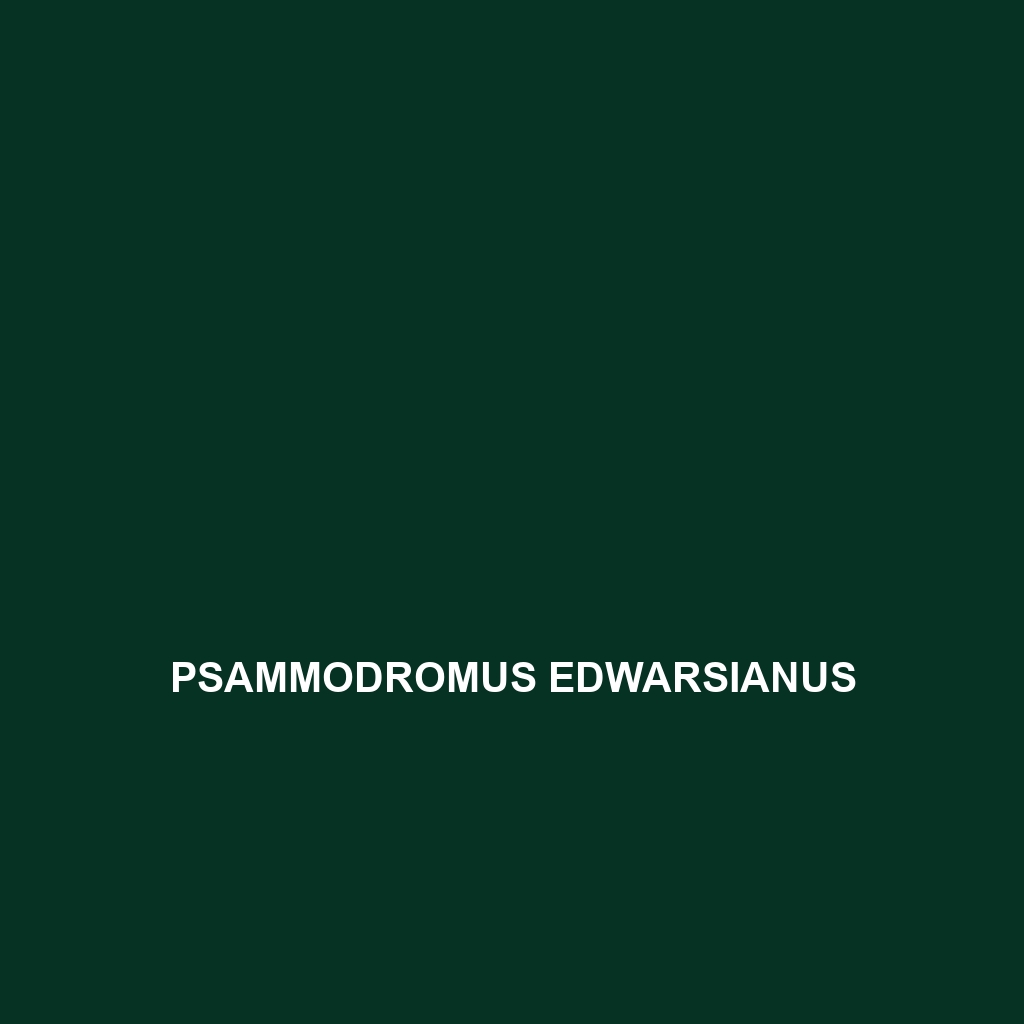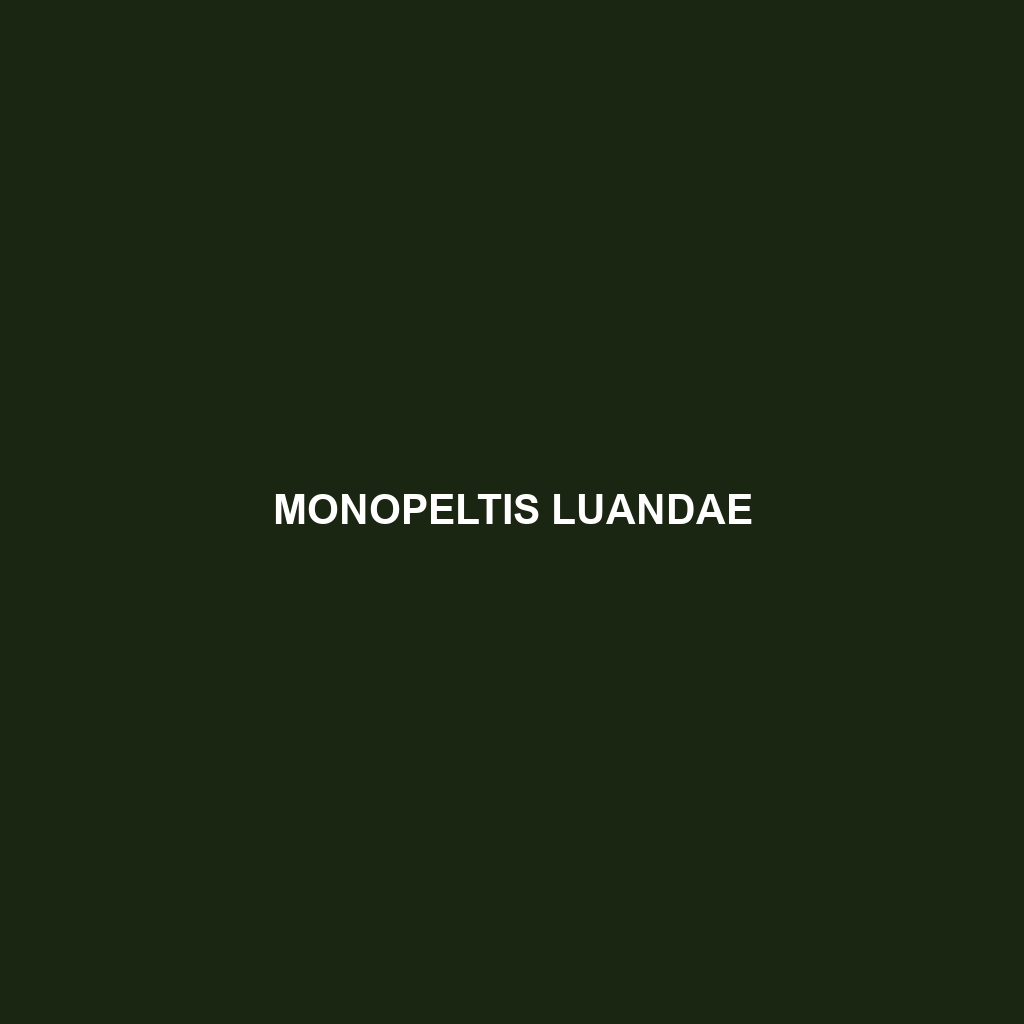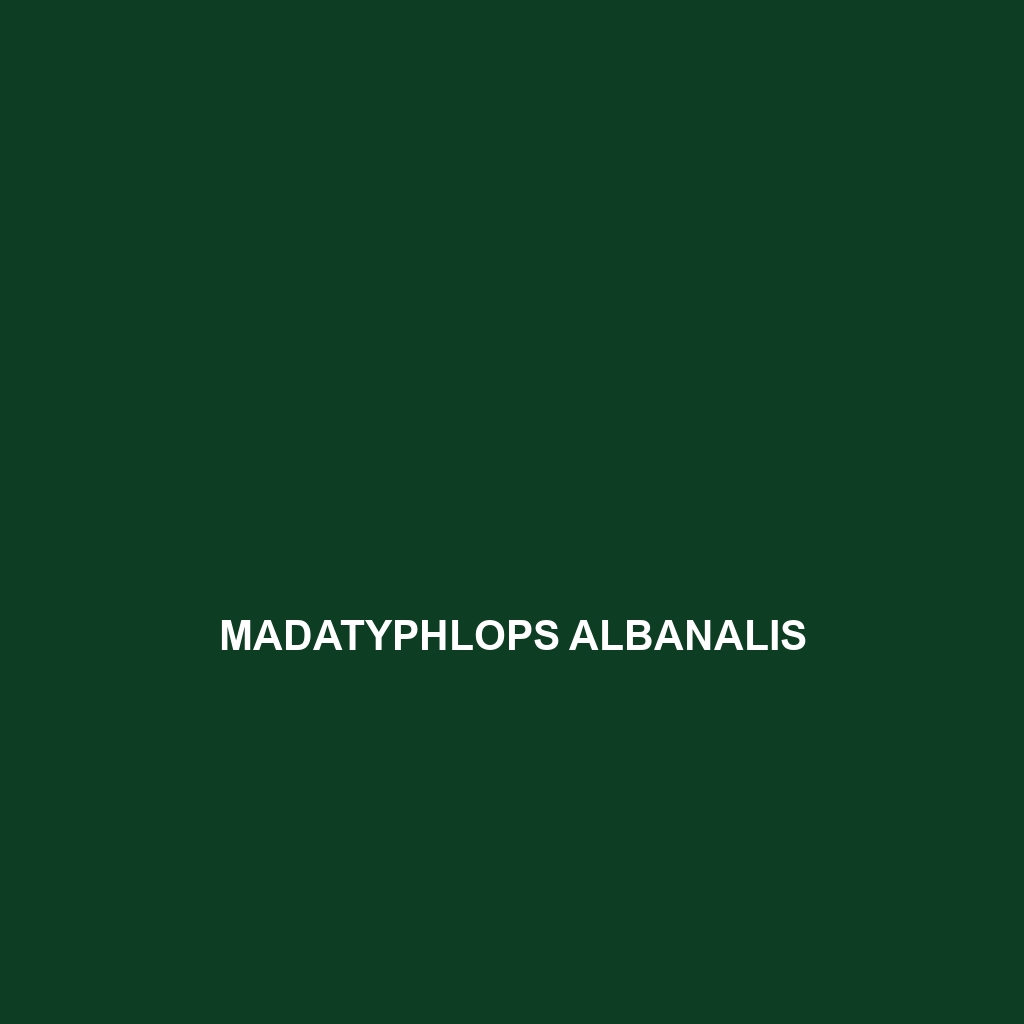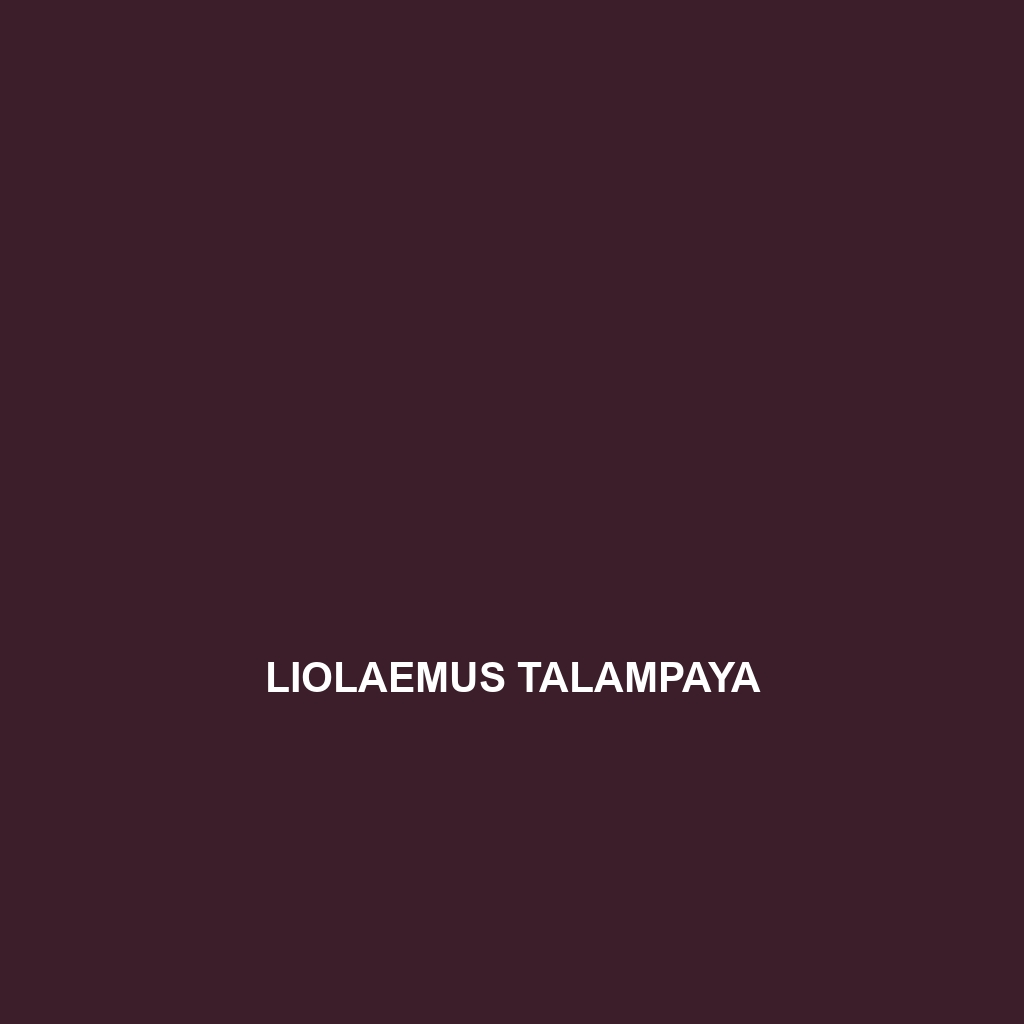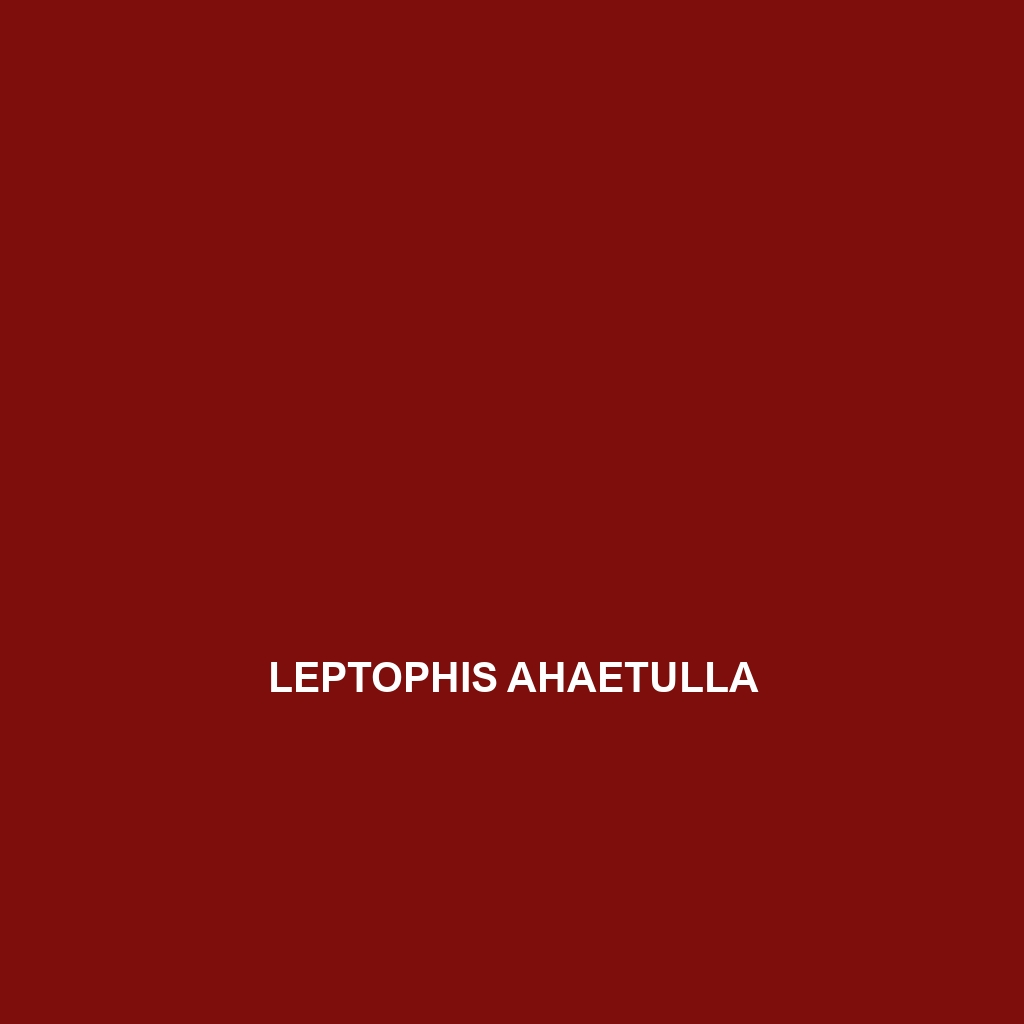<b>Sitana schleichi</b>, commonly known as Schleich's Sitana, is a vibrant lizard native to the dry forests and scrublands of the Indian subcontinent, characterized by its elongated body and eye-catching colors. This diurnal insectivore thrives in warm climates, using its keen eyesight and agility to hunt various insects while playing a crucial role in maintaining ecological balance.
Tag: reptile physiology
Sitana schleichi
<b>Sitana schleichi</b>, commonly known as Schleich's Sitana, is a vibrant lizard native to the dry forests and scrublands of the Indian subcontinent, characterized by its elongated body and eye-catching colors. This diurnal insectivore thrives in warm climates, using its keen eyesight and agility to hunt various insects while playing a crucial role in maintaining ecological balance.
Psammodromus edwarsianus
Discover the Edward's Sand Racer (Psammodromus edwarsianus), a nimble lizard thriving in southern Europe's sandy habitats. With a length of 15 to 25 cm, it boasts a streamlined body and sandy brown or light gray coloration, making it an adept predator of insects in warm, open environments.
Psammodromus edwarsianus
Discover the Edward's Sand Racer (Psammodromus edwarsianus), a nimble lizard thriving in southern Europe's sandy habitats. With a length of 15 to 25 cm, it boasts a streamlined body and sandy brown or light gray coloration, making it an adept predator of insects in warm, open environments.
Nucras intertexta
Discover the captivating Nucras intertexta, a slender, insectivorous reptile native to southern Africa's savannas and temperate forests. Recognizable by its smooth, patterned scales and diurnal activity, it plays a vital role in regulating insect populations and maintaining ecological balance.
Nucras broadleyi
Discover the fascinating Nucras broadleyi, a unique reptile found in southeastern Africa's savannas and grasslands. This elongated, brown-skinned insectivore thrives in diverse habitats, showcasing remarkable adaptability and camouflage, and plays a crucial role in maintaining ecological balance.
Monopeltis luandae
Discover the unique Monopeltis luandae, or Luanda legless skink, a slender, burrowing insectivore native to the diverse habitats of Angola, thriving in savannas and temperate forests. With its shiny, camouflaging scales and fascinating nocturnal behavior, this species plays a crucial role in controlling insect populations and maintaining ecosystem balance.
Madatyphlops albanalis
Discover the Eastern Blind Snake, or <b>Madatyphlops albanalis</b>, a remarkable fossorial species native to Madagascar's diverse ecosystems. Adapted for a life underground, this insectivorous snake is distinguished by its elongated body, limited eyesight, and unique feeding habits, playing a crucial role in maintaining ecological balance.
Liolaemus tajzara
The Liolaemus tajzara is a medium-sized lizard native to the rugged Andes, characterized by its muted brown and green coloration with bright blue markings. Inhabiting high-altitude grasslands, it plays a vital ecological role as an insectivore and bioindicator of environmental health.
Leptophis ahaetulla
<p><b>Leptophis ahaetulla</b>, commonly known as the green whip snake, is a vibrant, agile reptile native to Central and South America, reaching lengths of up to 2 meters. Preferring humid, well-vegetated habitats like tropical rainforests, this non-venomous snake is an effective predator of insects and small lizards, showcasing remarkable camouflage abilities and fascinating social behaviors.</p>



